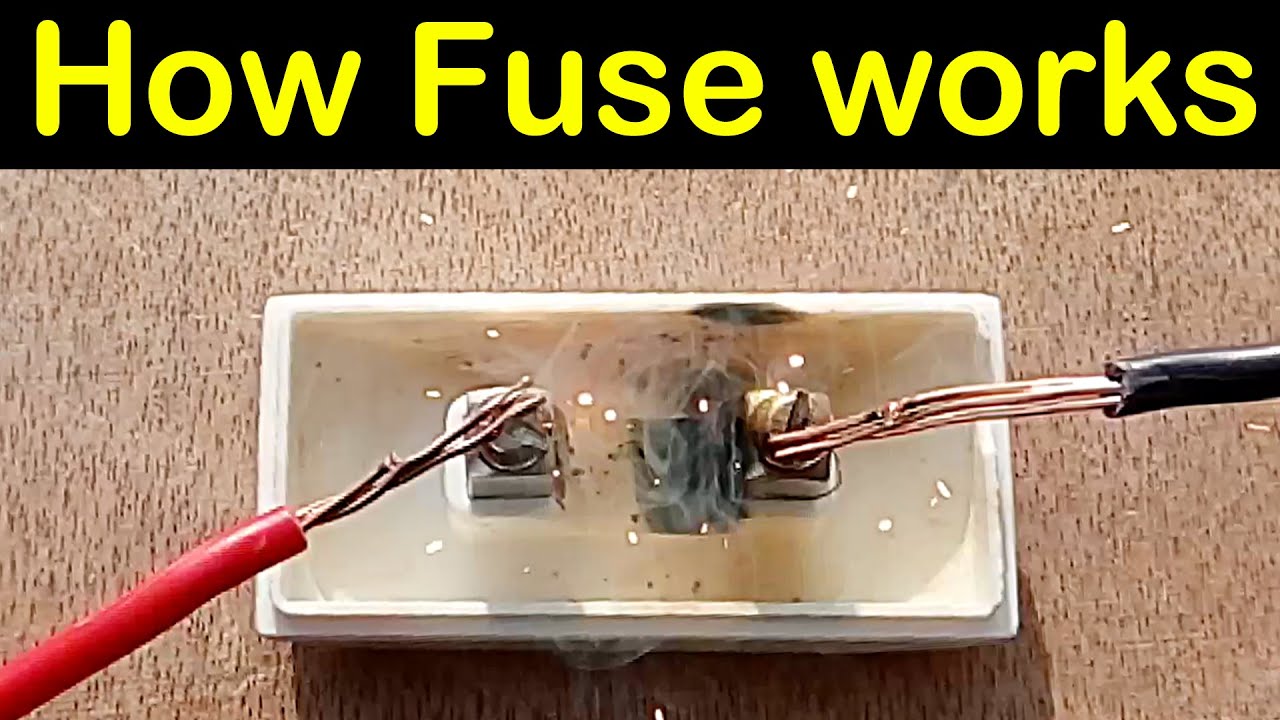
How does a Fuse Work
An introduction to How does a Fuse Work
Name: Own Teacher
Email: info@ownteacher.com
Created At: 28-10-2023
A fuse is a protective device used in electrical circuits to prevent damage or fires caused by excessive current. Here's a full explanation of how a fuse works:
Principle:
Thin Wire: A fuse consists of a thin wire or a strip of metal. This wire is selected to have a specific melting point and is placed within a housing.
In-Series Component: Fuses are installed in series with the electrical circuit they protect. When the current in the circuit exceeds a safe limit, the fuse comes into action.
Operation:
Normal Operation: During normal operation, the current flowing through the circuit is below the rated current of the fuse. In this case, the wire remains intact.
Excessive Current: When a sudden surge or overload occurs, the current in the circuit exceeds the fuse's rated value. The excessive current causes the wire inside the fuse to heat up rapidly due to its resistance.
Melting the Wire: As the wire heats up, it eventually reaches its melting point. At this critical temperature, the wire melts, and a gap is created in the circuit. This effectively opens the circuit, interrupting the flow of current.
Protection: The fuse's action protects the connected equipment and prevents further damage, such as overheating, fires, or component failure. The circuit is broken, and the dangerous current is cut off.
Types of Fuses:
- Fast-Blow Fuses: These respond quickly to overcurrent conditions and are used in applications where fast protection is critical, such as electronics.
- Slow-Blow Fuses: Designed to handle temporary current surges without blowing, these are used in some motor circuits and devices with inrush currents.
Advantages:
- Inexpensive and simple.
- Provide effective protection against overcurrent and short circuits.
- Prevent electrical fires and equipment damage.
Limitations:
- One-time use: Most fuses are non-resettable and must be replaced after they blow.
- Sensitive to current spikes: Fuses can be triggered by brief current surges, like inrush currents.
- Manual replacement: Requires human intervention to restore the circuit after a fuse blows.
In summary, a fuse operates by using a wire or strip of metal that melts when exposed to excessive current. This deliberate melting of the wire creates an open circuit, preventing further flow of current and protecting the circuit and connected devices from damage or hazards. Fuses are an essential component of electrical safety systems.
Comment List
Leave a Comment.



